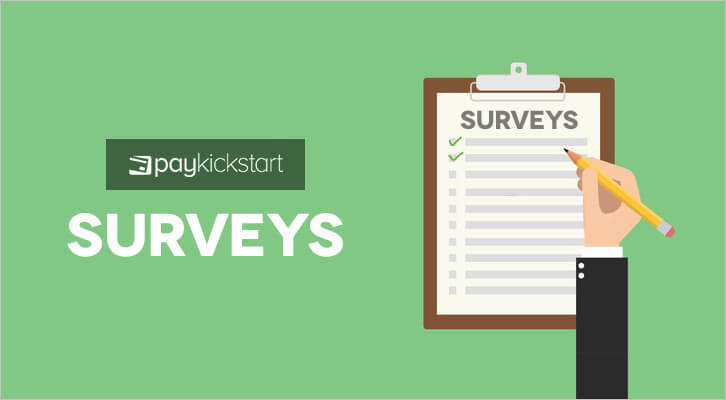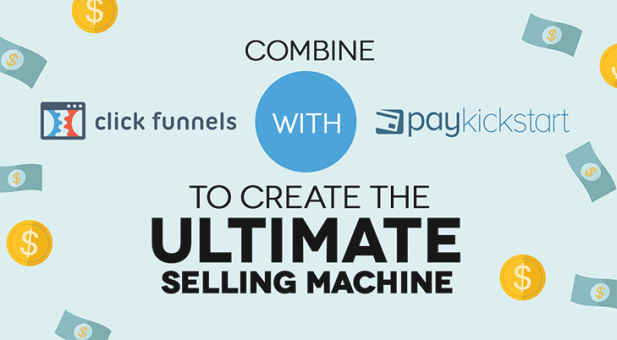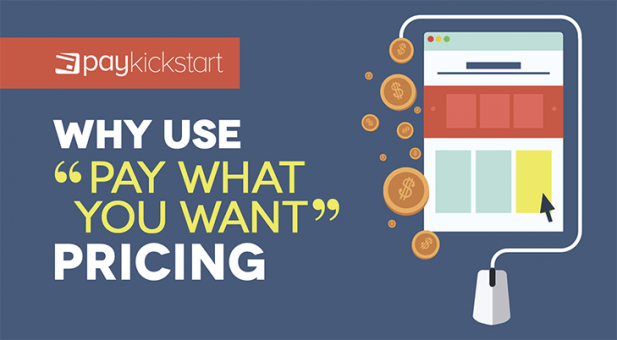Subscription growth hack (by PayKickstart)
Facebook Group - 3,932 members
Visit Group
That first sale from a customer is not just the end of a funnel; it’s the beginning of a loyal purchasing relationship. And from the moment that first sale is made, the clock starts ticking.
That’s right; most businesses spend oodles of money – upwards of 80% of their budgets – on new customer acquisition, leaving retention to shrivel up on the backburner. The fact of the matter is that if you aren’t investing your efforts to your current customers, you’re also risking your sales and profits.
And that’s not where the benefits stop. In fact, your repeat customers are likely to spend much more on your products — up to an average of 67% more (Source). That’s because they’re already sold!
Sweet Tooth Rewards found that after one purchase, a customer has a 27% chance of returning to the store. However, if you can get that customer to come back and make a second and third purchase they have a 54% chance of making another purchase.
Additionally, according to to the book Marketing Metrics, a repeat customer has a 60% – 70% chance of converting. Considering that the average is well below that number for new customers, it’s worth figuring out what your current customers like, what they want, and how you can cater to those needs.
So how do you keep your customers coming back for more?
What makes your customers tick?
This can all be extremely hard to pin down, especially for businesses who have a ton of sales data but no real metrics to tap into the subjective parts – like what your customers really want.
That’s why we created Surveys. This premium feature of your payment processing system Pay Kickstart was designed to answer these questions to give you better insights into what your current customers are feeling.
Surveys were designed to gather vital customer feedback and input on auto-pilot. With Surveys, you can gain useful insight into:
What if you could send an automated survey a few days after a sale, to find out how their overall buyer experience was? What could you do with that data to improve customer support?
What would it do for your business if you could send an automated survey to your customers if they refund your product? What type of product intelligence could you gather?
Creating a survey is easy; it’s the type of Survey you create that can make a huge difference in the type and amounts of responses you get.
With Surveys, you choose from pre-defined or custom-designed surveys tailored to your needs.
Do you have questions that require a simple yes/no response? Or are you looking for a little more specific input in regards to a transaction?
With Surveys, you can choose from multiple types of question options like:
Every customer is different, and every transaction is different. You want your Surveys to give customers the most opportunity to provide you with the most valuable information.
For instance, if you’re wanting to know more about customer support, then don’t simply ask if they had a pleasant experience with a yes/no question. Instead, maybe opt for them to write their experience in a paragraph field if they have ever used your customer support team, or opt for a linear scale to rate their experience.
With Surveys, you can also send a survey at anytime, including key actions during the transaction process:
Also using our API, you can trigger a survey to be sent based on an engagement or action within your software or application.
Check out some best practices for creating effective Survey questions <<HERE>>, and upgrade your Pay Kickstart account to PREMIUM to reap the benefits of Surveys!
Mark Thompson is CEO of PayKickstart and a serial entrepreneur. He is passionate about helping thousands of entrepreneurs and businesses grow through advice, automating payments and providing affiliate tools.
Read More About Mark Thompson
